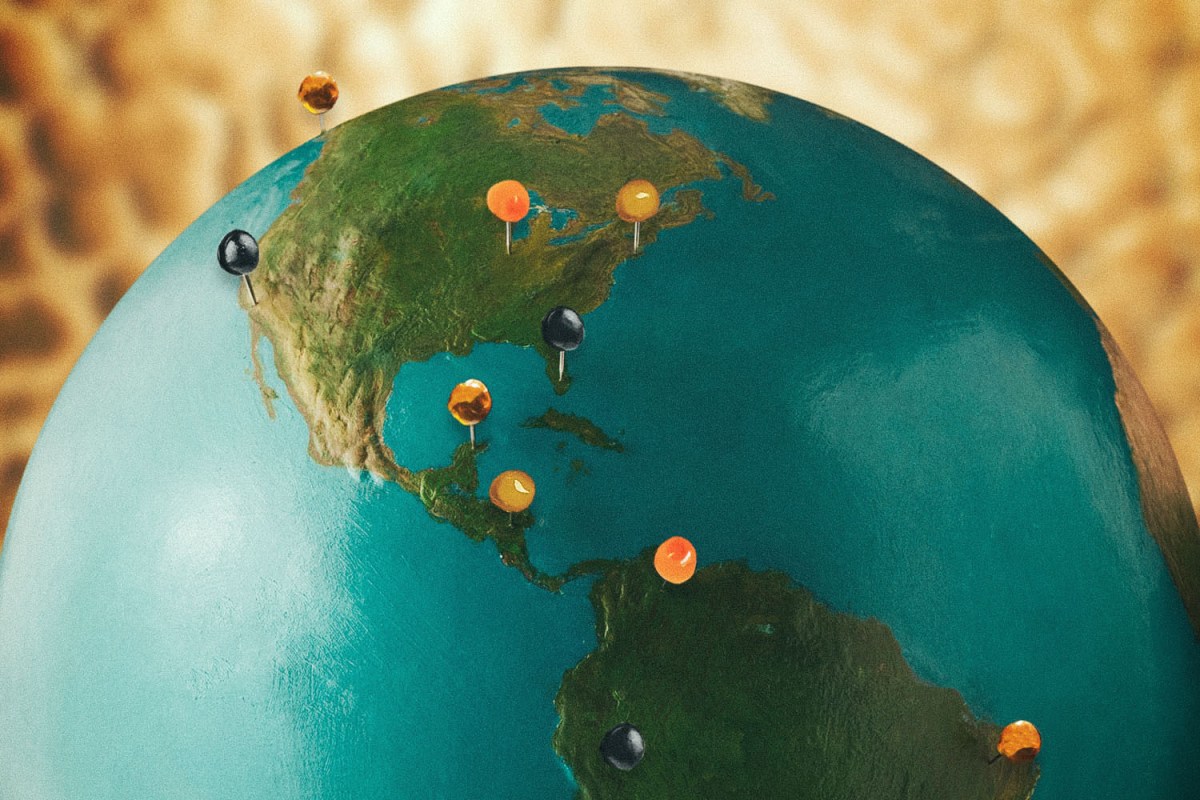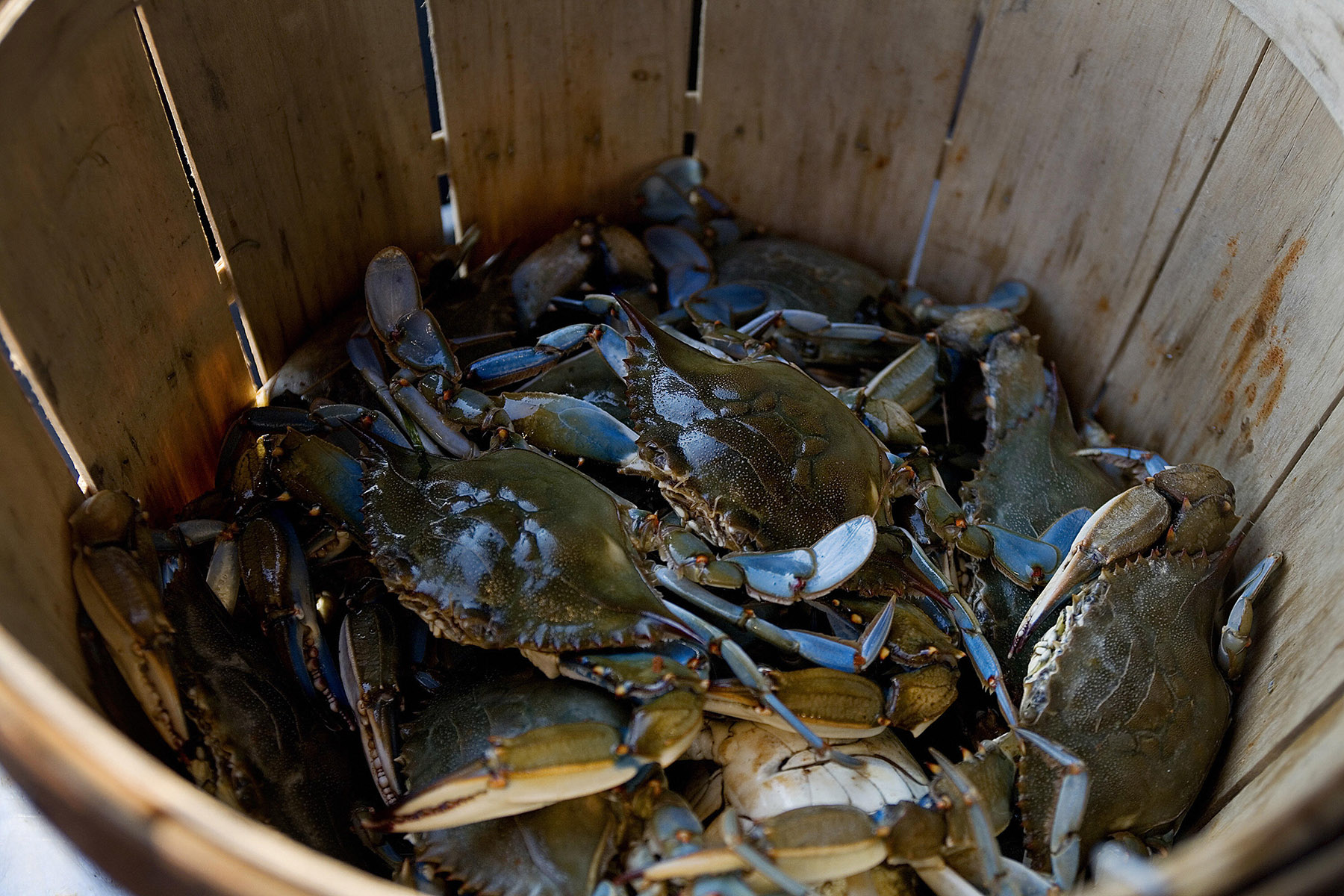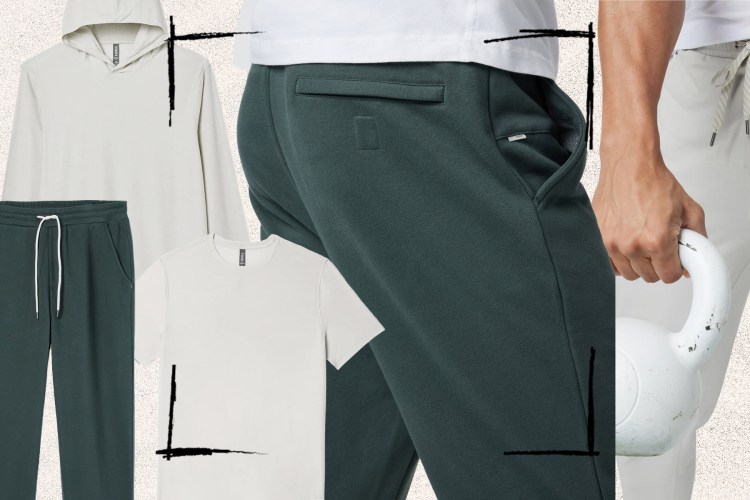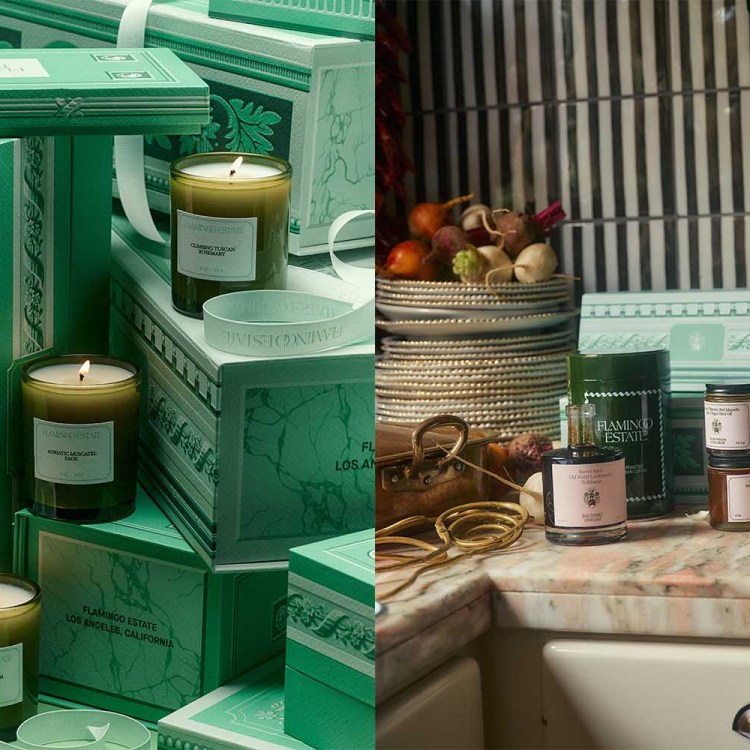‘Tis the season for — among many other traditions, customs and family rituals — eating caviar.
For the uninitiated, caviar is not just “fish eggs”: it’s a salt-cured roe of the family Acipenseridae, under which the 27 known species of sturgeon live. A salty delicacy served cold, caviar is typically consumed as a spread or garnish, and ranges in price anywhere from $65 to $400 per tin.
This much, people generally know. What they don’t tend to know is what, exactly, it is they’re paying for. The roe, sure, but the details — where it came from, what kind of fish it was harvested from, the rarity of that fish and the difficulty to farm it, the length of time it took to commercialize that caviar, etc. — are often lost in translation.
The reality is that the caviar industry is rife with controversial practices, and there is an ever-present possibility that what consumers are getting isn’t necessarily of the caliber they’ve been led to believe or, in some cases, even legally procured. It’s a blight on the industry, and one that professionals are continually looking to eradicate, which is why it’s of the utmost importance to them that you know where your caviar came from. Because if you did, and you really understood what the people behind it had to do to get it to your table, you’d likely be far less inclined to lament over its lofty price tag. In fact, you might even pay more.
A labor of love
To understand the complexities of sturgeon farming, you must first have some understanding of the sturgeon itself. The white sturgeon — or Acipenser transmontanus — for example, is the largest freshwater fish in North America and the only sturgeon indigenous to the U.S. It can live to be 100 years old (!), though the females don’t reach reproductive maturity until they’re around 10. In the early 1990s, as a direct result of overfishing, they were placed on the endangered species list, though, due to conservation efforts, the population has since stabilized.
These days, the care of these archaic animals is an object of intense interest, given their value in the culinary world. Consequently, their keepers are subjected to an incredible amount of government oversight; white sturgeon farmers like Deborah Keane, with whom InsideHook recently spoke, hold as many as 18 official licenses.
Keane, known lovingly by the media as the “Queen of Caviar,” is a San Francisco-transplant and the founder of California Caviar, the first female-run and -owned caviar business in the world. Back in 2004, a year before wild beluga caviar became illegal, Keane became part owner of the very first farm to bring caviar to the marketplace. Two years later, in 2007, she started the world’s first “sustainable” caviar company, sourcing exclusively farmed caviar in spite of the availability of wild alternatives at the time.
This would prove to be a very wise move. When all wild caviar became illegal in 2011, Keane was perfectly positioned to dominate the consumer market, having spent the previous four years traveling all over the world to broker relationships with farms that relied on sustainable techniques, clean water sources and the most overall ethical practices. Even the biggest names in the game suddenly found themselves playing catchup to her.
But the precariousness of it all hasn’t eluded her. That’s largely because sturgeon farming is, in addition to being a fairly new concept, a risky model with often little return on investment.
“I’ve got a 100-lb. fish, six feet long, that took me 10 years to raise … and I’ll get less than 10 percent [of its] roe. And every single egg is taken off by hand, every single egg gets traced back to the fish, to the day [it was harvested], because it’s an endangered species,” Keane says.
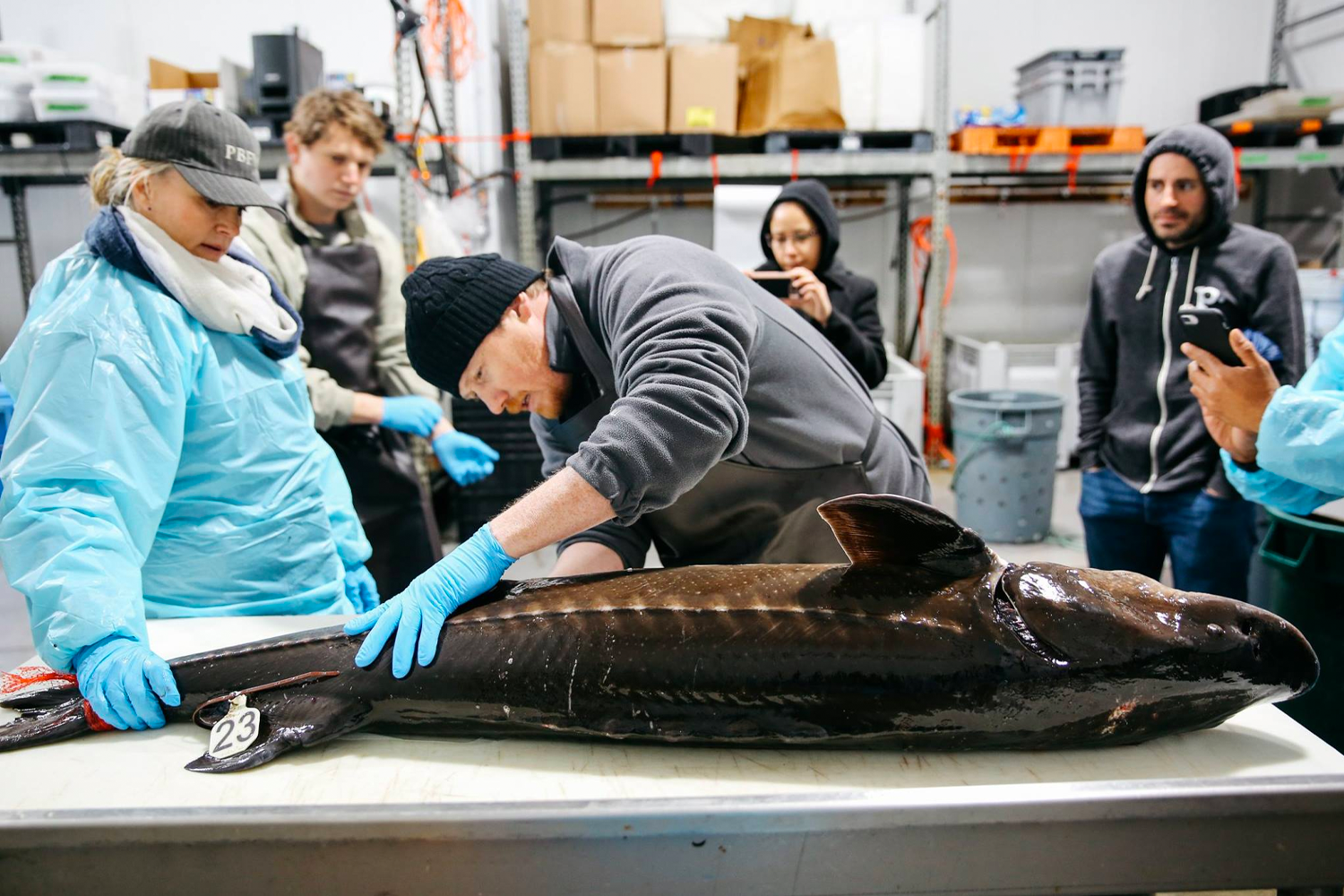
Despite the potential yield of each individual fish (one female sturgeon might be worth as much as $10,000 worth of caviar), there is no way to insure them, and even though they’re being raised in captivity, much is still left to chance. The harvesting of the roe — from start to finish — takes place in just a three-month span annually, and in order to sustain a profitable operation, sturgeon farmers must have tens of thousands of fish, and ideally a few different species, on hand at any given time.
“Caviar farming is a labor of love. It’s very similar to the wine world, where it takes years to get the grapes exactly where you want them,” Keane says.
“It’s extremely expensive. A lot of people go into it because it’s glamorous, and then they realize quickly it’s the ultimate in the art of fish farming. You wait a very long time. It takes an awful lot of patience and a passion for these majestic prehistoric animals,” she adds. “And they’re amazing — they’re so resilient. But at the same time, if you stress them out, it can be really challenging. Raising sturgeon is trying to perfect mother nature, and you can’t perfect mother nature.”
Not all caviar is created equal
As the story goes, Black River Caviar got its start after a Uruguayan businessman named Walter Alcalde received a then-top secret tip from a captain belonging to a Russian fleet in 1989. The tip, according to a 2009 report from The Wall Street Journal, was that based on “comprehensive satellite surveys of the geography and watersheds of Uruguay” obtained by the Russians, it was the “best place on the planet to raise sturgeon for their roe.”
As a result, the first sturgeon farm in the southern hemisphere was born, helmed by Alcalde himself and later, following his death in 2003, his three sons. While the business has since changed hands (the sons are still part owners), the operation — or rather, the farming of Acipenser gueldenstaedtii — remains more or less the same.
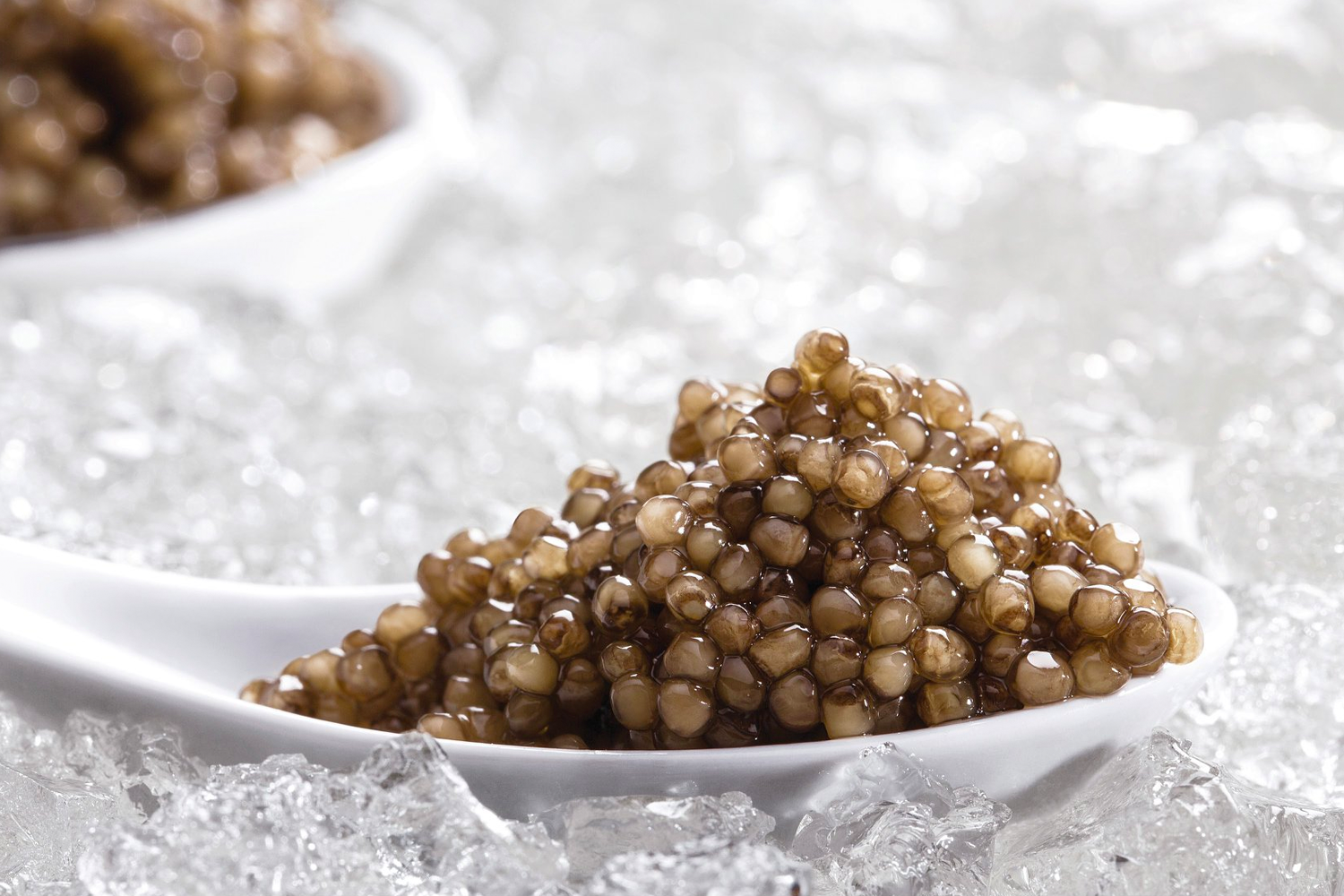
The Acipenser gueldenstaedtii is a Russian sturgeon native to the Caspian Sea, and after the beluga, it’s one of the rarest in the Acipenseridae family. It produces the Russian Oscietra caviar — small black orbs with a buttery finish — for which Black River has come to be known. And it’s a small operation: Black River produces just four tons of caviar annually. Sarah Mayo, Director of Global Sales and Marketing, likens Russian Oscietra caviar production to that of Pinot Noir, a notoriously fussy and difficult-to-grow grape, as fans of Sideways will know. She believes the caviar industry could stand to benefit from a more discerning consumer, similar to the one the wine industry commands.
“In a wine concept, the things that make the qualitative difference is called viticulture. It’s your terroir,” Mayo says. “It’s the same for aquaculture. What is the water quality like? Are they swimming in recirculated tanks? What’re the conditions that they swim in? What’s the fish density?” And, in turn, how does that impact the caviar?
She attributes Black River’s “giant qualitative distinction” to the environment in which their sturgeon are raised: a wild simulation, with water inflowing and outflowing from the Rio Negro. It’s largely what sets the farm, and subsequently, its caviar apart. It’s also what consumers are paying for.
“I’m interested in selling to people who understand quality and the true artisanal quality of our product,” Mayo says. “I’m not at all interested in chasing after people who want a discount. It’s like people who buy real Louis Vuitton versus people who go to Chinatown and buy knockoff stuff. I’m not selling knockoff caviar. I’m selling really good quality Acipenser gueldenstaedtii.”
So what do you need to know?
One of the biggest issues the industry is up against at present is the abundance of repackers, rebranders and resellers claiming to be full-scale operations. To be fair, many caviar companies — Black River chief among them — do work with reputable white-label brands, and the nature of those partnerships mean that the brands own the caviar outright. But those type of relationships have also created an opening for less reputable brands to infiltrate the industry without being held to the same level of transparency and scrutiny as the caviar companies themselves. (It’s why, ahead of the 2022 harvest, Mayo is so focused on tightening up her channels and increasing awareness around bulk suppliers.)
Secondly, the demand for wild caviar, even today, continues to perpetuate illegal fishing practices. While Keane believes that due to exposure it’s no longer the most pressing issue the industry faces, it’s still very prevalent. She’s even witnessed a company farm and make their own caviar only to turn around and advertise it as wild, illegal caviar in an effort to turn a higher profit.
Last but certainly not least, Mayo points out that caviar “is a delicate product that can go really bad. It can spoil and get people sick, so it needs to be handled properly.”
So what can you do to ensure you’re getting what you paid for and supporting legal, sustainable caviar production? Start with the label. According to Keane, if it was packed directly by the farm, it will have the production facility address on the front and back as well as information that, for conservation purposes, allows the tin to be traced back to the sturgeon it was harvested from.
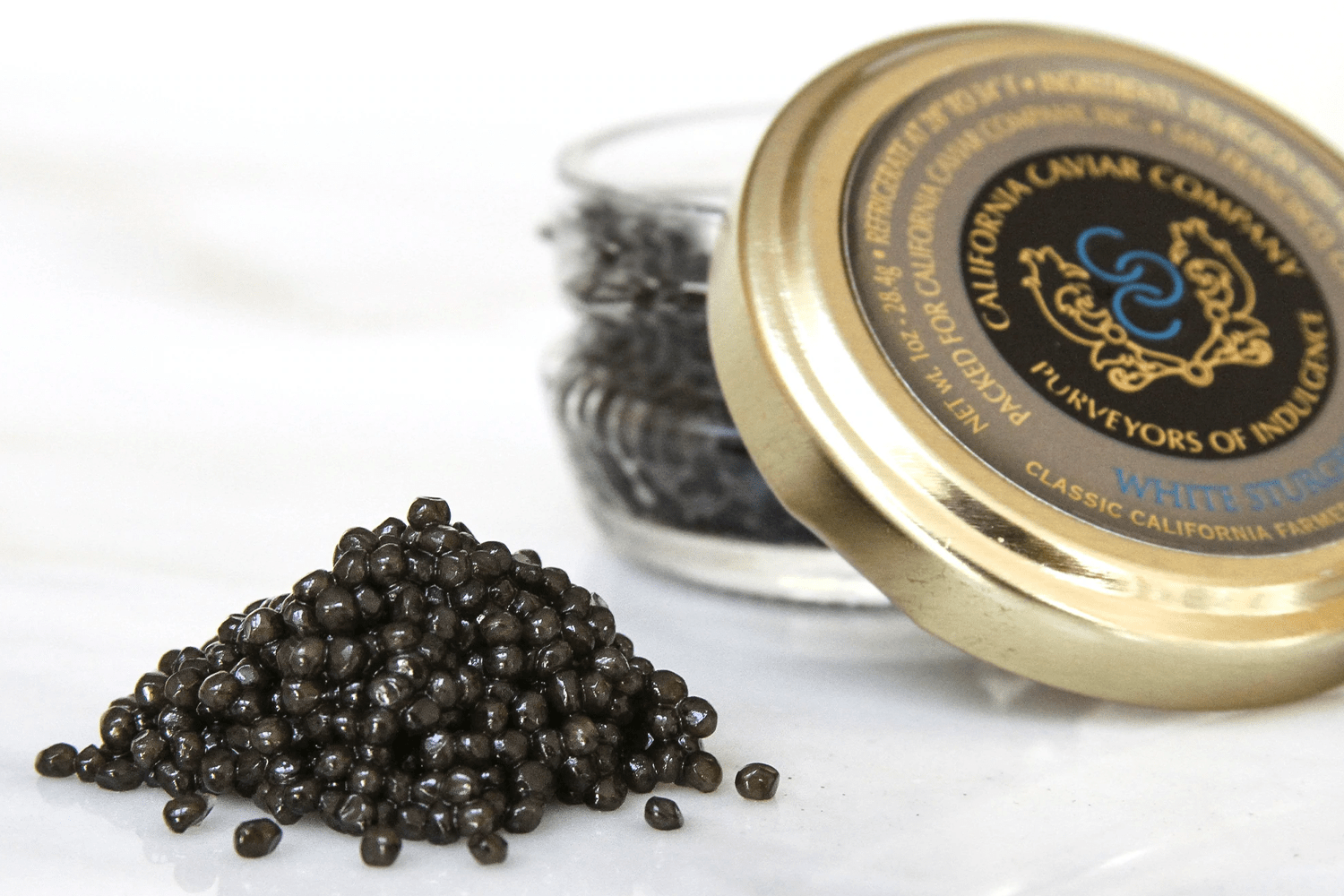
“I can get down to the single fish,” Mayo says. “If you have a problem, if [there’s a quality control issue], I’d be able to go, ‘Show me the tin, and we can pull the lot.’ It’s that granular.”
Alternatively, a label that boasts a far-off expiry date should be an immediate indicator that something is off. Borax, or sodium borate, is a frequently used additive in caviar that serves to lengthen the shelf life, though in the U.S., the FDA only allows for salt as a means of preservation. Salt-only caviar lasts five weeks sealed on the shelf and five days open once you break the seal.
“If you see caviar that says it can sit there for months, that should be a red flag,” Keane says. “You should call them and say, ‘How does this have a three-month shelf life when it’s a salt-only raw seafood product?’ It’s either pasteurized, has borax in it or it has another preservative that’s not being disclosed.”
Lastly, it’s worth knowing what’s actually available. Because only white sturgeon (in addition to the hackleback and pond fish) are indigenous to the U.S., it’s safe to assume that everything else — Russian osetra, Siberian osetra, beluga hybrid, etc. — is imported and, in a handful of cases, still contains borax (the E.U. still permits the use of borax in its caviar). Being that there is no such thing (outside of hackleback and pond fish) as wild caviar in 2021, anything labeled “wild beluga” is either a false representation or illegal. Caviar harvested from Kaluga sturgeon, for example, is completely illegal in the U.S., while all hybrids must be disclosed on the label (not to mention that — because over the course of 200 million years, the various species have never crossbred — they’re unquestionably farmed).
All of this to say: the devil is truly in the details. So before you acquire some caviar for a New Year’s party or Christmas dinner this year, be sure to shop responsibly.
Join America's Fastest Growing Spirits Newsletter THE SPILL. Unlock all the reviews, recipes and revelry — and get 15% off award-winning La Tierra de Acre Mezcal.
